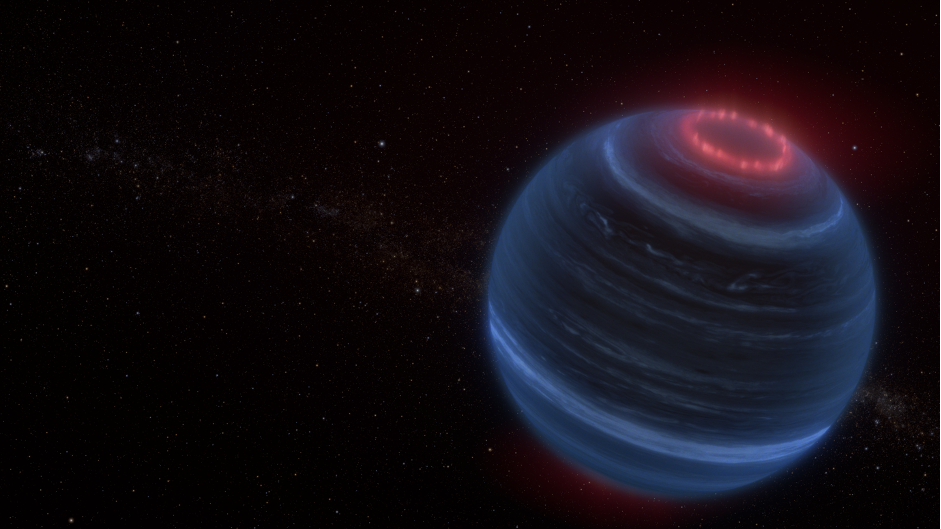High-energy processes on the Sun, newborn stars and brown dwarfs
(Burningham, Forbrich, Gordovskyy)
Solar and stellar flares
Solar and stellar flares are another important area of the research by Dr Gordovskyy and Dr Forbrich. They are key to understanding the magnetic activity of the Sun and other stars. Solar flares are also practically important because they are the main driver of space weather, which affects our daily lives. We study flares by combining computer simulations with observations in radio and X-ray domains. Our focus is on high-energy particles: their acceleration and transport, and their impact on the solar and stellar environments.
Aurorae in Brown Dwarfs
Recent highlights from the brown dwarf and exoplanets group include the discovery of a mid-infrared methane emission feature attributed to aurorae in the atmosphere of cold isolated brown dwarf (Faherty, Burningham et al. 2024, Nature).
